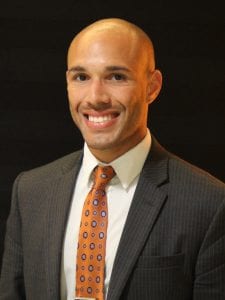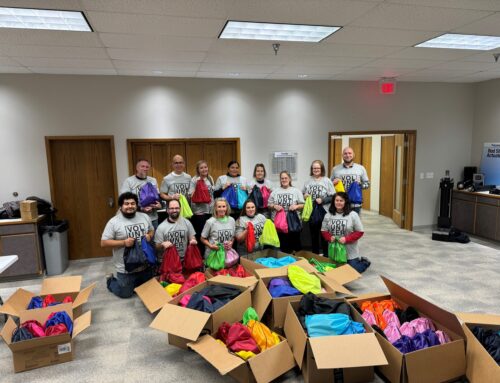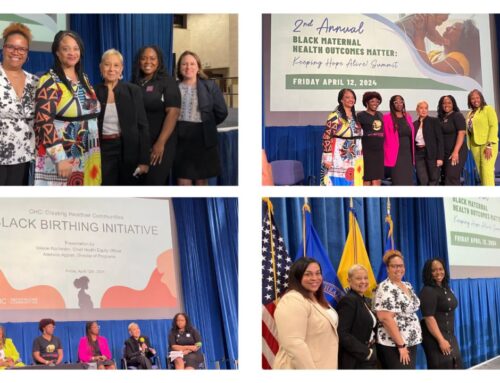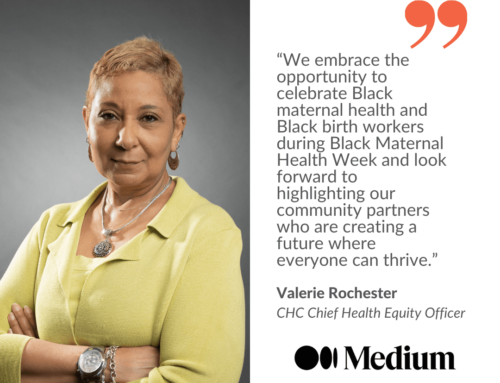Jerome Tennille, an employee engagement professional who specializes in volunteer management, recently presented “Corporate Social Responsibility – Making it Work for your Organization’s Volunteer Program” with candid recommendations for how companies and nonprofits can best align for mutual benefit.
5 Takeaways:
- Do your research first. Due diligence is critically important in understanding a company’s corporate social responsibility (CSR) initiatives. Some companies have specific causes they focus on, and others may more broadly support the community and giving back. Before asking for money or seeking volunteers, nonprofits must align with those corporate goals. Doing research offers useful insights into a company’s core focus areas and demonstrates alignment (or not) with a nonprofit’s mission. “I get solicitations all the time from people who clearly have not done their research,” said Jerome. “Unfortunately, that is a waste of time for both sides.”2
- Focus on impact and authenticity. This applies to both sides of the partnership. It’s not authentic when a company comes at the last minute asking for large-scale employee engagement activities that a nonprofit has to create in a rush, diverting resources from their mission. It’s also not authentic when a nonprofit treats a company like an ATM machine and is only interested in money. “Don’t go for short-term gain and risk the long-term relationship,” cautioned Jerome. “A company is a business and has to be successful and make money before it can give it away.” The best corporate-nonprofit partnerships focus on building long-term relationships to achieve real impact, aligned with the company’s business goals and the nonprofit’s mission. Ultimately, the goal for both partners is to serve the community.
- Get creative. In his experience, 90% of companies are looking for a turnkey, single day of service for employee engagement. Rather than put pressure on nonprofits to provide volunteer activities for hundreds or thousands of employees on one day, Jerome suggests companies and nonprofits look for new and more meaningful ways to work together. Ensure any project meets a real community need and is mission-driven, not sacrificing program integrity. While at The Tragedy Assistance Program for Survivors (TAPS), when large companies with thousands of employees kept approaching him for ready-to-go volunteer projects, Jerome worked jointly with program managers to solve the challenge. They stayed true to TAPS’ core services and developed “Thousands of Thanks,” a volunteer program for employees to write or draw leaves and create beautiful thank you trees—a “forest of thanks”—that encouraged visiting families who were grieving the loss of a military loved one. This program has now expanded to custom quilts as well. “It took a lot of brainpower to get to that point,” Jerome said.
- Understand motivations: Employees might volunteer to help the cause, or to enhance their résumés, boost business reputation, or fulfill a company mandate. Nonprofits need to take the time to listen to a company and its employees’ motivations. Equally, nonprofits can work to educate companies, especially key leaders, on community needs and the costs involved in mission work and meaningful impact. For example, although most companies want to volunteer at a food bank during the holidays, the real need is during the off-months.
- Make it about mutual benefit. A company’s business goals and philanthropic strategy can align seamlessly with a nonprofit’s mission and work for both sides. For example, Jerome recommends nonprofits position volunteering as a solution to a business challenge—not just unpaid work that takes away company revenue. “Find a mutual benefit and position yourself to solve their problems,” Jerome advised “Help them reach their goals while not sacrificing yours.”
Jerome shared two examples that demonstrate how mutual benefit in corporate-nonprofit partnerships works.
- The hospitality industry at large is working to eliminate food waste while serving communities in need. Similarly, many food banks, pantries, and distribution centers want to eliminate food waste and serve communities too. So, it’s not uncommon that companies that source high volumes of food want to donate what’s not used, plus, company volunteer can help sort this food in the food pantry’s warehouse, while also sourcing unique skills from their employees to develop best-in-class processes to more efficiently receive and distribute the food.
- The entire hospitality industry is experiencing a staffing shortage. Volunteering can be a solution. Some companies in this industry provide job training, résumé writing, interview practice, mentorship, and more with a special focus on youth, diverse populations, women, people with disabilities, veterans, and refugees. Employees volunteer with these communities to provide employment skills, helping eliminate stereotypes and providing hope and a future for underserved groups. “Youth are four times more likely to choose a job if they are exposed to it early,” said Jerome. And by developing a talent pipeline for the hospitality industry, companies engaged in this type of volunteering position themselves to better meet a business need.
In the end, creating partnerships for mutual benefit is the only way to build long-term, sustainable relationships with maximum community impact.
Jerome Tennille is the Manager of Volunteerism for Marriott International, where he leads the company’s traditional and skills-based volunteer programs, ensuring they reflect the latest innovations, technologies, and best practices. This includes Marriott’s global week and month of community service, providing the framework, resources, and support needed for volunteerism efforts to be executed both globally and locally. Prior to joining Marriott International, Jerome held the position of Senior Manager of Impact Analysis and Assessment for Tragedy Assistance Program for Survivors (TAPS), a national organization that offers help, hope, and healing to all those grieving the death of a loved one serving in America’s armed forces. Jerome currently serves as a board of directors member of Peace Through Action USA and on the PsychArmor Institute Advisory Committee for the School of Volunteers & Nonprofits. Jerome holds a Bachelor of Applied Science in operations management and a Master of Sustainability Leadership (MSL) from Arizona State University. Jerome is designated as Certified in Volunteer Administration (CVA) and is also a veteran of the US Navy.








